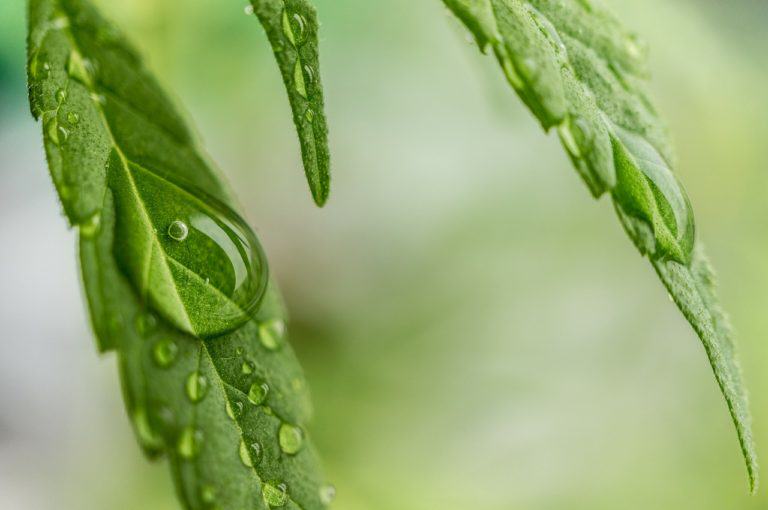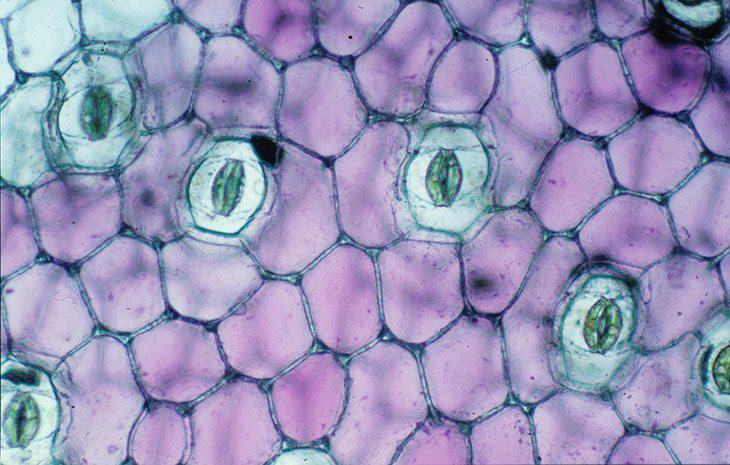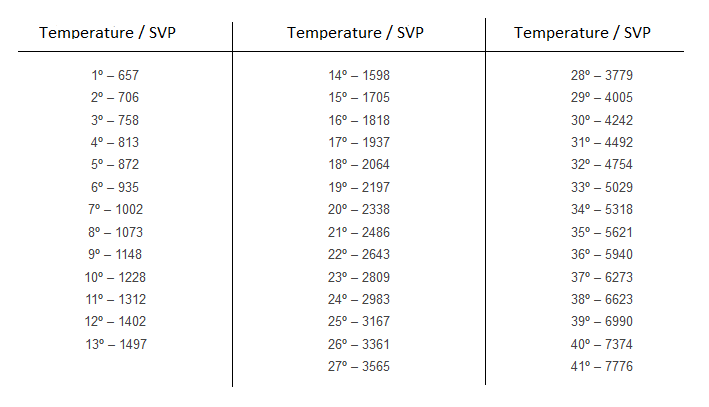DP and GC are two of my favorite strains for dealing with my attention issues.
I have a DP auto going now.
Watching to see how yours turns out. ![]()
![]()
DP and GC are two of my favorite strains for dealing with my attention issues.
I have a DP auto going now.
Watching to see how yours turns out. ![]()
![]()
Thanks, a little late to jump on board. But I’m set to watch and ready to see how the Jack’s does for you.
Is this your first AutoPots grow?
Stoked to see how this goes (and thanks for the tag) considering you have the Jack’s, the autopots, the HLG, the AC infinity controller and that all is a winning combination.
Stick as close you can to the correct VPD so if you don’t already that printed out in your grow room to reference to then that’s a piece of advice that can make a difference.
Jack’s is an interesting topic.
Like @dbrn32 said using just the Jack’s part A along with the cal nitrate and mag sulfate has been a tried and true method for along time, well before they started supporting cannabis.
Once they supported cannabis they added a bunch of different bags, clone, bloom, finish etc.
Again like @dbrn32 said they made it more complicated.
I belive @imSICKkid knows more about it and I do have a chart here from GreenGeni who is well versed in Jack’s and considered one of the jack gurus to my understanding.
This shows that the other formulas don’t offer more really, so they seem to be a waste but I’m interested to see how you run your Jack’s.
Are you running part A until flower? Then bloom? Until when? Harvest? Are you going to use the finish product?
Also I see your using microbes, have you found they make a difference? How do you use them are they safe in your autopots? Do they go in the Res?
@Nicky What I picked up on from @dbrn32 about using bloom and with what your saying I decided to use just the jacks321 method why mess up a simple process. The tribus I’m just mixing with the nutrients.I tested the tribus to see what it produces for ppm and how the ph reacts found there is no change, This is the first time using tribus. Didnt go with the finish figured I can cut back at the end and finish out with water.
I’m really interested in their full line up, they are a very reputable nutrient company so I wonder if it does make a considerable difference.
Hold onto the bloom and maybe down the road you can get a secondary reservoir (or make one) and run 2 plants on the standard 321 with 2 other plants running their full recommended product line. You would need to buy the clone to start plants though.
Would be a very valuable experiment.
One thing to think about with the tribus is that organics and some microbes don’t do well in autopots, they gum up the lines soooo I would watch your trays and lines closely. See how things go, not saying it won’t work but be aware you may have to do a bit of searching on that topic or just do it and be mindful
Thats interesting about gumming up the lines will have to look into that. I found out experimenting with a plant and jacks no clone is needed. I germanated the seed in full strength jacks and been feeding full strength. Plant is doing well.
Can’t wait to learn from you brother
Dude I’m learning about growing no different than yourself. Trying not to make big mistakes.
Dropped another TW seed the other 2 cracked so I planted them. Waiting on the TW to do something.
Thanks for the tag my friend. I’m tuned to watching. Been kinda laid up here lately. Been doing a lot of reading and not a lot of responding ![]()
Lol I’m here and set to watching now ;-). 4th grow for you as well very nice. And also Trainwreck. Been told alot about Jacks so definitely interested in watching the grow!
Lol yeah this is what @dbrn32 was saying about the whole line, anyways your on the 321 regiment so that makes it alot easier for everyone to follow along and for us to provide support going forward.
Hoping for some monsters.
Out of likes right now… but like! Can you explain VPD please.
Dude I dont have a clue what that means I see it here and there but
Often, marijuana growers who have their plants in indoor grow tents or rooms with artificial lighting, take into account parameters such as temperature and relative humidity to maximize plants growth and bloom, thus obtaining abundant harvest with top quality flowers. As we will see later, these factors affect different processes of the plant, such as transpiration or nutrient uptake .
However, we usually forget about another important factor that is related to the aforementioned ones: vapor pressure deficit or VPD . Broadly speaking, VPD is the difference between the amount of water vapor that the atmosphere is able to retain (which depends on temperature) and the amount of water vapor contained in it (relative humidity). It is usually measured in kilopascals (kPa).

Dew is formed when the environment is saturated with water vapor
Providing our plants with a correct relationship between temperature and relative moisture will keep us on the right VPD parameters, increasing the plant’s activity and thus improving its growth and showing its full potential during the flowering phase . The ideal would be to adjust both parameters (temperature and humidity) to get the best possible VPD value, so that the development of plants will be amazing.

Temperatures, humidity levels and VPD values recommended for the growth stage
In the chart above you can see the right temperature and moisture values to maximize the development of cannabis plants . The green zone shows you optimal values of VPD, in which it would be ideal to maintain the environment. The orange zone shows correct values, in which plants should not have problems to develop normally. However, red areas show values in which your plants will be very far from hit their full potential, since the relation between temperature and moisture is not optimal.
With relatively high values of VPD (between 5 and 12) plants tend to open their stomata and release a considerable amount of water vapor into the environment (increasing their transpiration). This increase in transpiration results in an increase in the plant’s photosynthetic activity, which will need more nutrients and will improve its overall growth, both during growth and bloom. The best range is between 7.5 and 10.5, which we have marked in green. However, we must be careful that VPD is not too high (dark red zone) since the plant would close its stomata to avoid releasing too much water vapor to the environment, which would result in fast dehydration due to excessive transpiration.
On the other hand, if VPD is too low (light red zone), the plant will also close its stomata for not releasing more water into the atmosphere, which in this case would be already saturated (it would have reached the maximum water retention capacity in a specific temperature). In this way, reducing transpiration will also reduce photosynthesis, which has a direct impact on the plant’s development and yield.
You can check the VPD chart for the bloom stage in this link.
That way, VPD is essential when it comes to offer the best conditions for the development of plants , also to understand its water requirements according to the nutrients used and thus adjust them correctly to meet the grower’s expectations. We have seen that the best way to keep a suitable VPD value is to control the temperature and/or relative humidity, which is something we have multiple options for, as we will see later.

Stomata regulate CO2 absorption and transpiration
In order to calculate the vapor pressure deficit in our grow space, we just need to know the temperature and relative humidity inside it. We also need to know the saturated vapor pressure (SVP) values for a given temperature, which are listed below.
Saturated steam pressure values chart
(Temperature: Celsius / SVP: Pascals)

Saturated vapor pressure and temperature
We use the following formula to calculate the VPD :
VPD= ((100-RH) / 100) * SVP
Let’s see an example: imagine that we have a grow room at 28°C with a relative humidity of 75%. If we take a look at the SVP chart, we will know that at 28 degrees Celsius corresponds to 3779 Pa. Let’s apply the formula:
VPD = ((100-75) / 100) * 3779 so VPD = 0.25 * 3779 = 945 Pascals = 9.45 Hectopascals
Considering that values of the table are given in Hectopascals, this gives us a result of 9.45 hPa , a value located in the green area of the chart, perfect for our plants development. If we subtract the SVP value that we got, we will know the saturation deficit , that is, the amount of water that the environment still needs to form dew.

SVP (pascals) according to temperature (celsius)
Low levels of VPD combined with high relative humidity (light red zone) may cause nutrient deficiencies, guttation phenomenon, different diseases or weak growth; while a high SPD value combined with low relative humidity (dark red zone) it could cause wilting, curled leaves, poor growth or crisp leaves.
![]()
OK now I know what it is. It’s that thing I do every day Climate. LOL